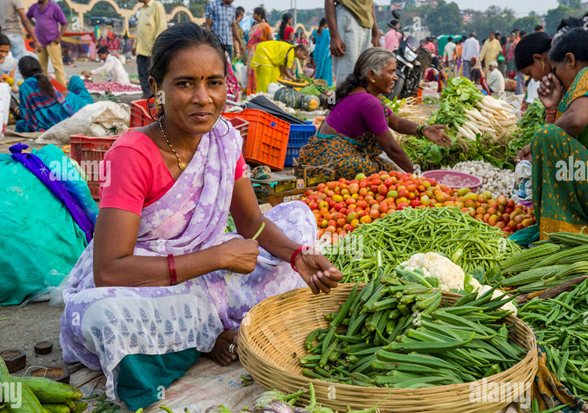
Despite high food prices, retail
inflation based on Consumer Price Index (CPI) declined to a 10-month low of
4.85 per cent …data released by National Statistical Office (NSO) on Friday
showed.
Food prices are expected to remain volatile in
the coming months which could impact the headline number.Data showed that
prices of vegetables, pulses, eggs and spices were double-digit during March.
Though cereal prices softened slightly, they were still in the higher single
digits. Experts believe the projected
heatwave will impact food prices. According to Swati Arora, an Economist
with HDFC Bank, food inflation is expected to remain high with the onset of the
summer season. That said, expectations of heatwave could impart upside risk to
domestic food inflation (led largely by vegetable and fruit prices). “We find
that a 10 per cent increase in vegetable prices leads to an increase in
headline inflation by around 60 bps,” she said.
Adding to this, Upasna Bhardwaj,
Chief Economist with Kotak Mahindra Bank, said, “While core inflation continues to moderate, we remain wary of the
heatwaves, which could keep food inflation elevated and volatile in the
summer months.” Both Arora and Bhardwaj do not see any change in the stance of
the Monetary Policy Committee (MPC).
Arora expects CPI inflation to
average around 5.1-5.2 per cent in Q1 FY25, ease below 4 per cent in Q2, and
thereafter remain in the range of 4.5-5 per cent in H2 FY25. Bhardwaj said, “We
expect the MPC to remain on a wait-and-watch mode until H1 FY25, with possible
easing likely towards the latter part of FY25 depending on the evolution of
monsoons, crude oil prices, and timing of Fed’s rate easing cycle.”
Overall performance of the industry was relatively better. While consumer durables grew 12.3 per cent, non-durable declined by 3.8 per cent. Aditi Nayar, Chief Economist with ICRA, said that the year-on-year performance of most available high-frequency indicators deteriorated in March 2024 vs. February 2024, such as Coal India’s output and steel consumption, indicating that growth in economic activity is likely to have softened in the month. “Based on the available high frequency data for March 2024, ICRA anticipates the YoY IIP growth to print at 4.5-5.5 per cent in that month, aided by a low base (1.9 per cent in March 2023),” she said.